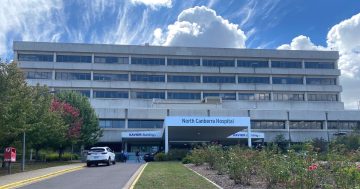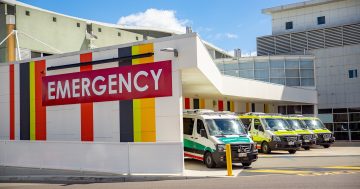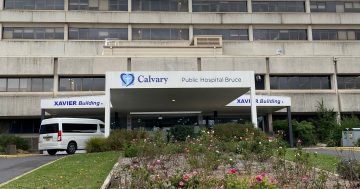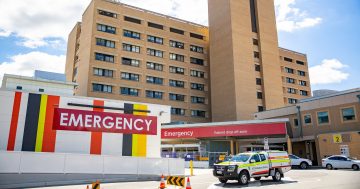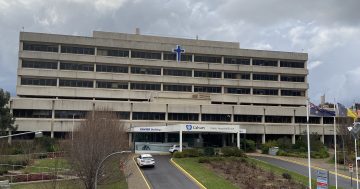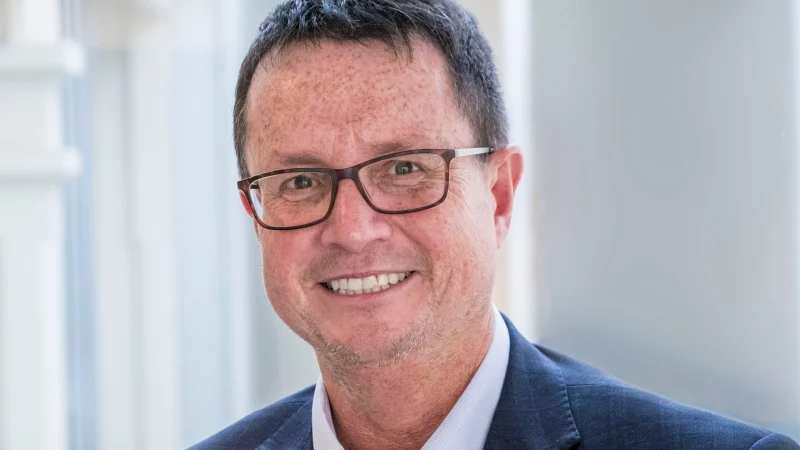
AMA Federal President Steve Robson said only three public hospitals in the country met all their ED performance targets. Photo: AMA.
The Australian Medical Association (AMA) has sounded the alarm bells that our health system is getting worse according to its latest examination of public hospitals across the country.
With National Cabinet meeting on Friday (3 February) to discuss healthcare, the AMA’s latest Clear the Hospital Logjam report, which uses data from 2021-22, stated “chronic underfunding” of public hospitals at both state/territory and Commonwealth levels had led to “declining” performance.
“In the last few years, we have increasingly heard stories of people dying waiting to be seen in public hospitals that are operating at breaking point, patients waiting years for essential surgery, and ambulances ramping outside hospitals because there are not enough beds and staff to cope with demand,” it said.
“Australia urgently needs a recovery plan to address the backlog of elective surgeries, build enough capacity to meet the growing needs of the community, and clear the hospital logjam.”
The report revealed only three of the 201 public hospitals analysed across the country are delivering emergency department care within recommended timeframes – down from 15 hospitals a year ago.
They are Young Hospital in NSW, and two in South Australia.
Narrowing the data to the 18 public hospitals in southern NSW and the ACT, while they all delivered resuscitation immediately, only eight were given the green tick by providing emergency (triage category 2) care treatment within the recommended 10-minute timeframe more than 95 per cent of the time.
They are Queanbeyan, Deniliquin, Young, Griffith Base, Narrandera, Temora, Tumut and Cootamundra.

Less than 84 per cent of people received care within the clinically recommended time across all categories at Canberra Hospital. Photo: Michelle Kroll.
The Canberra Hospital and Calvary Public Hospital (ACT) are the only hospitals in the region that received ‘red lights’ for every category (outside of resuscitation), meaning less than 84 per cent of people received care within the clinically recommended time across all categories.
AMA ACT President Professor Walter Abhayaratna said the ACT persistently lagged behind other Australian jurisdictions and showed “little sign” of changing.
“Efforts to improve care in our region need considerably more investment than the historic funding from governments,” he said.
“In the shorter term, we need to look at incremental change, such as working to improve the integration of care, including better role delineation and coordination between our public hospitals.
“But whatever change is to occur, it needs to start soon or the ACT will continue to lag the nation in public hospital performance.”
He also noted the ACT had been the worst performer for Category 3 presentations (recommended to be seen in under 30 minutes) in the country since 2012-13 (data for the 2015-16 period was not available).
AMA Federal President Steve Robson said the statistics showed more than a system under “enormous” strain.
“They are human stories, and they’re stories of suffering and pain of people waiting for care, waiting for urgent emergency department care, surgery and treatments around the country,” he said.
The AMA has called for 50-50 Commonwealth to state and territory funding, along with a re-examination of pay-per-performance incentives for hospitals.
“Spending on health in this country is an investment. It is not a cost,” Professor Robson said.
“Funding reform is absolutely critical if we’re going to move forward for the health of Australians.”
The AMA argued that increasing the Commonwealth’s contribution to 50 per cent would leave extra money for states and territories to spend on improvements.
Professor Robson said as every hospital in the country had its own challenges, flexibility was needed to create meaningful change.
“But overall, the principles are the same: to recognise the problem, to have a national plan, to increase funding urgently, and to look at long-term funding reform that delivers for Australian patients,” he said.
The southern NSW/ACT hospitals included in the report are: Batemans Bay Hospital, South East Regional Hospital, Cooma Hospital and Health Service, Goulburn Base Hospital, Moruya Hospital, Queanbeyan Hospital, Corowa Health Service, Deniliquin Hospital, Young Hospital, Griffith Base Hospital, Leeton Hospital, Narrandera Hospital, Temora Hospital, Tumut Hospital, Wagga Wagga Hospital, Cootamundra Hospital, The Canberra Hospital and Calvary Public Hospital Bruce.
You can find out specifics of your local hospital via the AMA’s Hospital Logjam finder.












